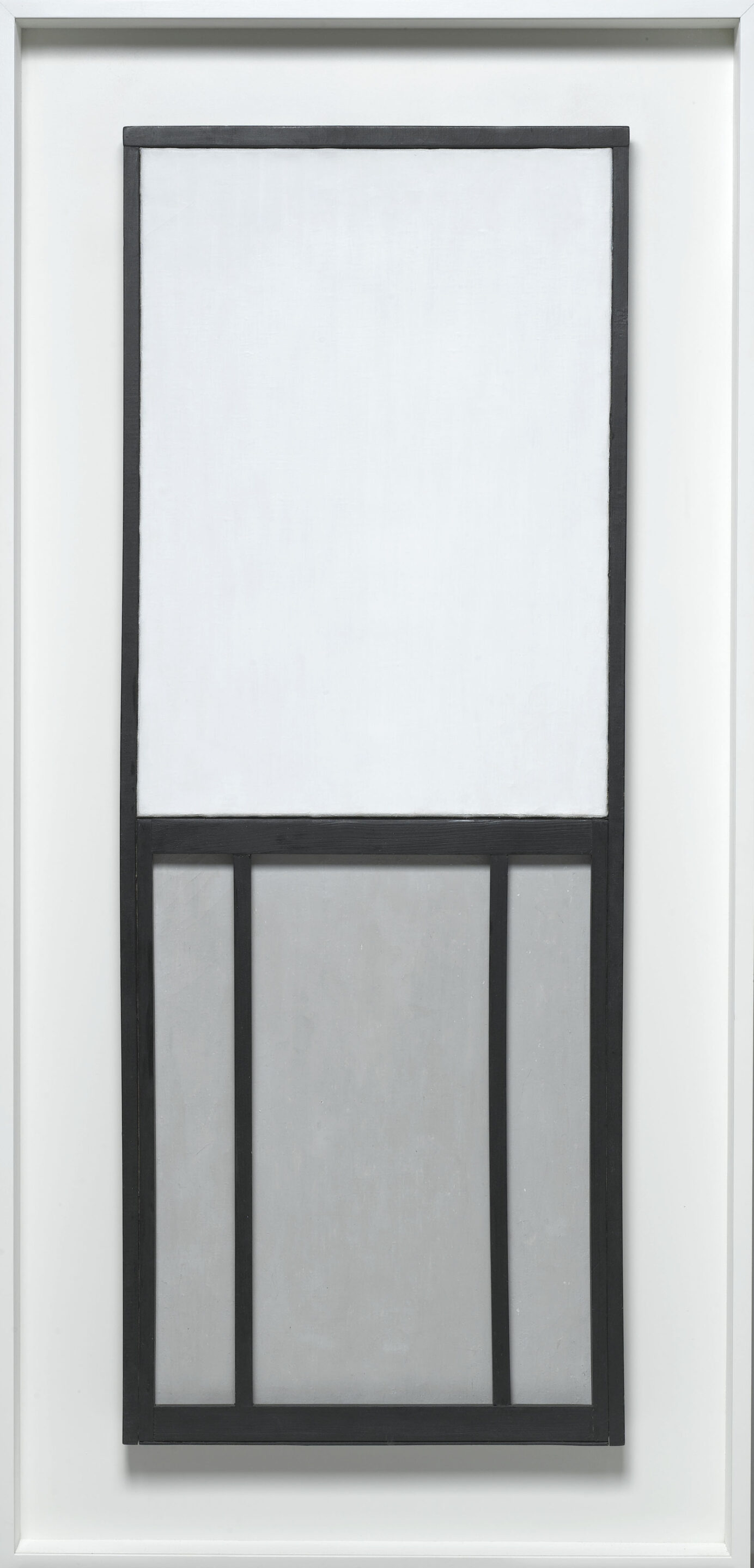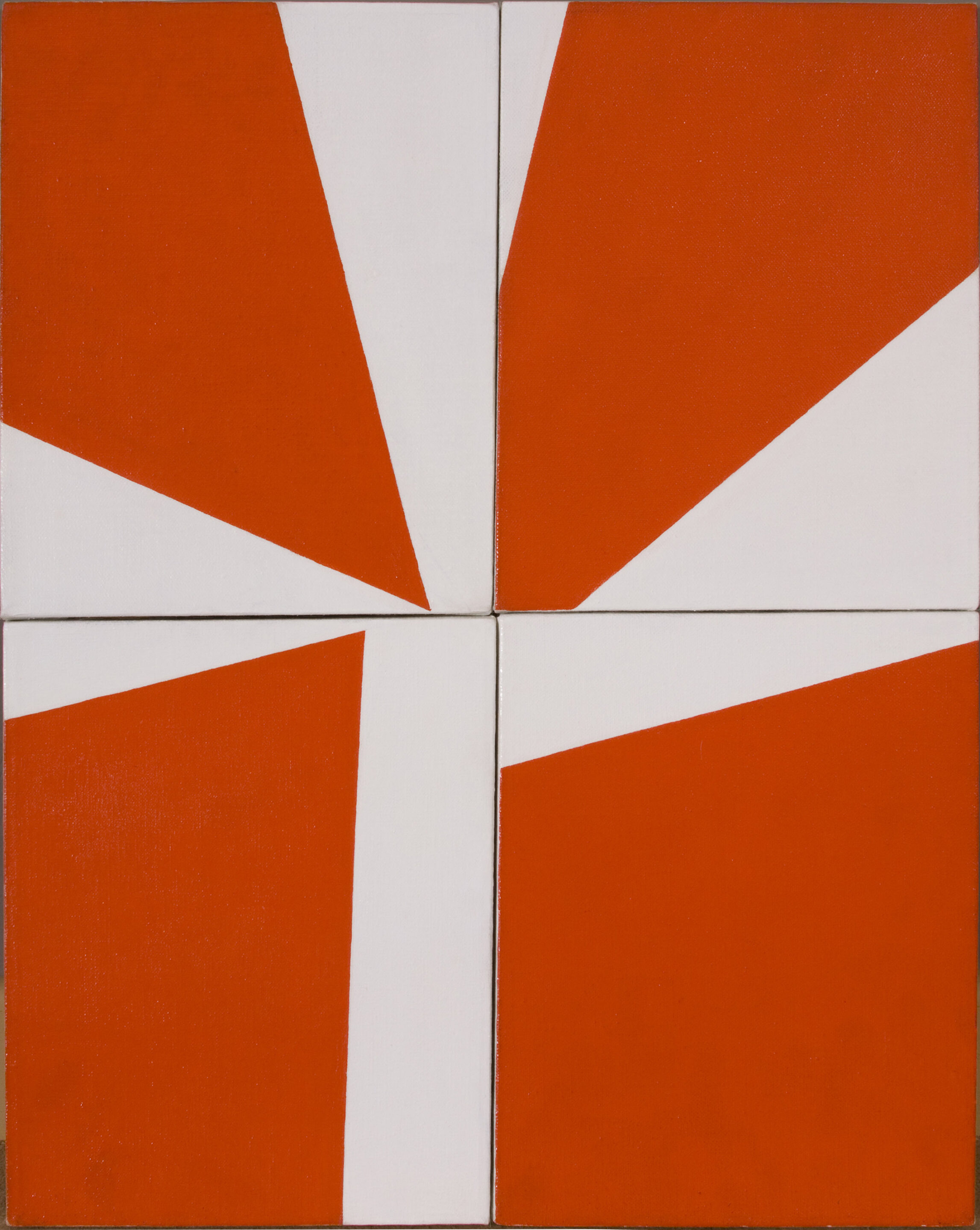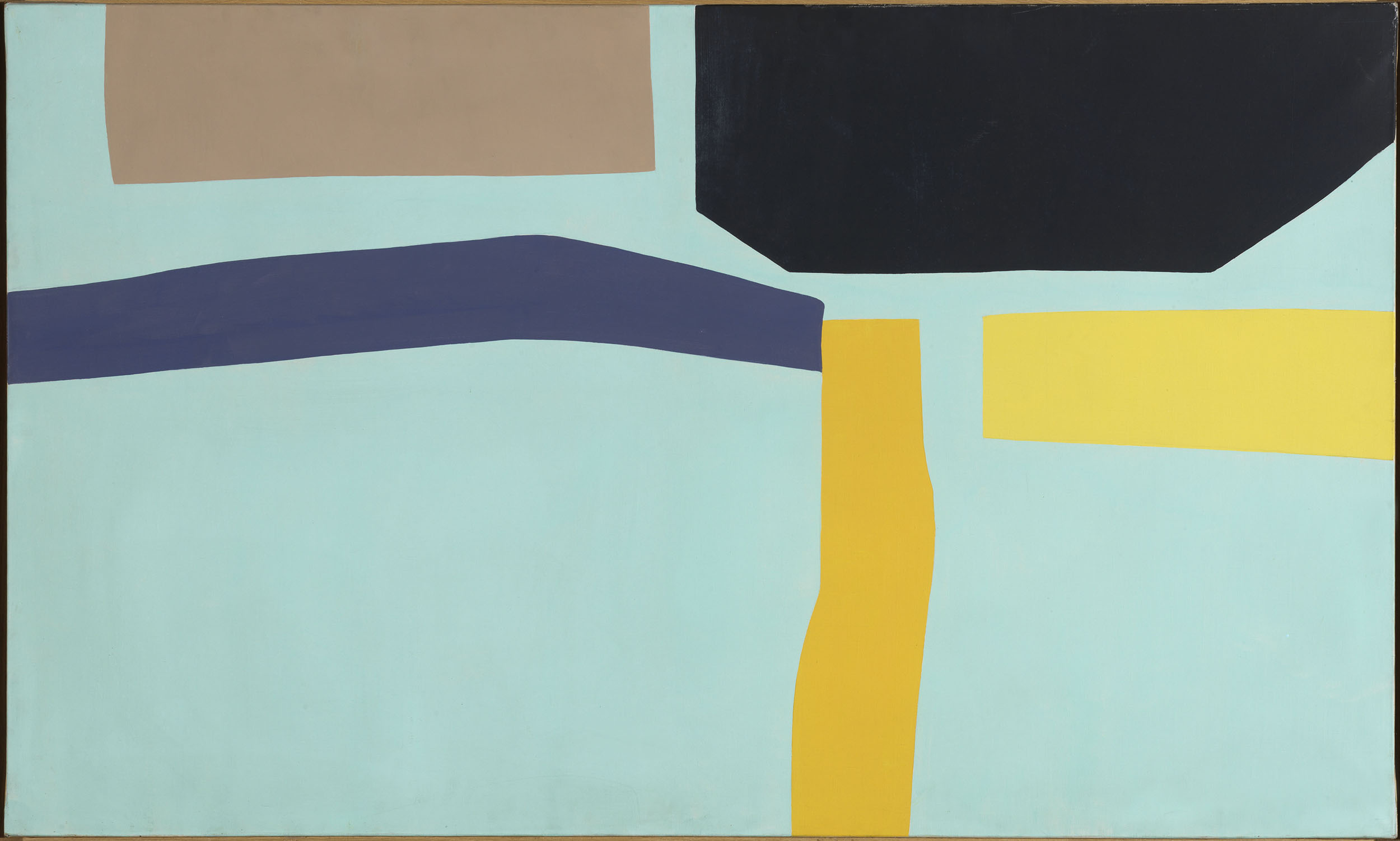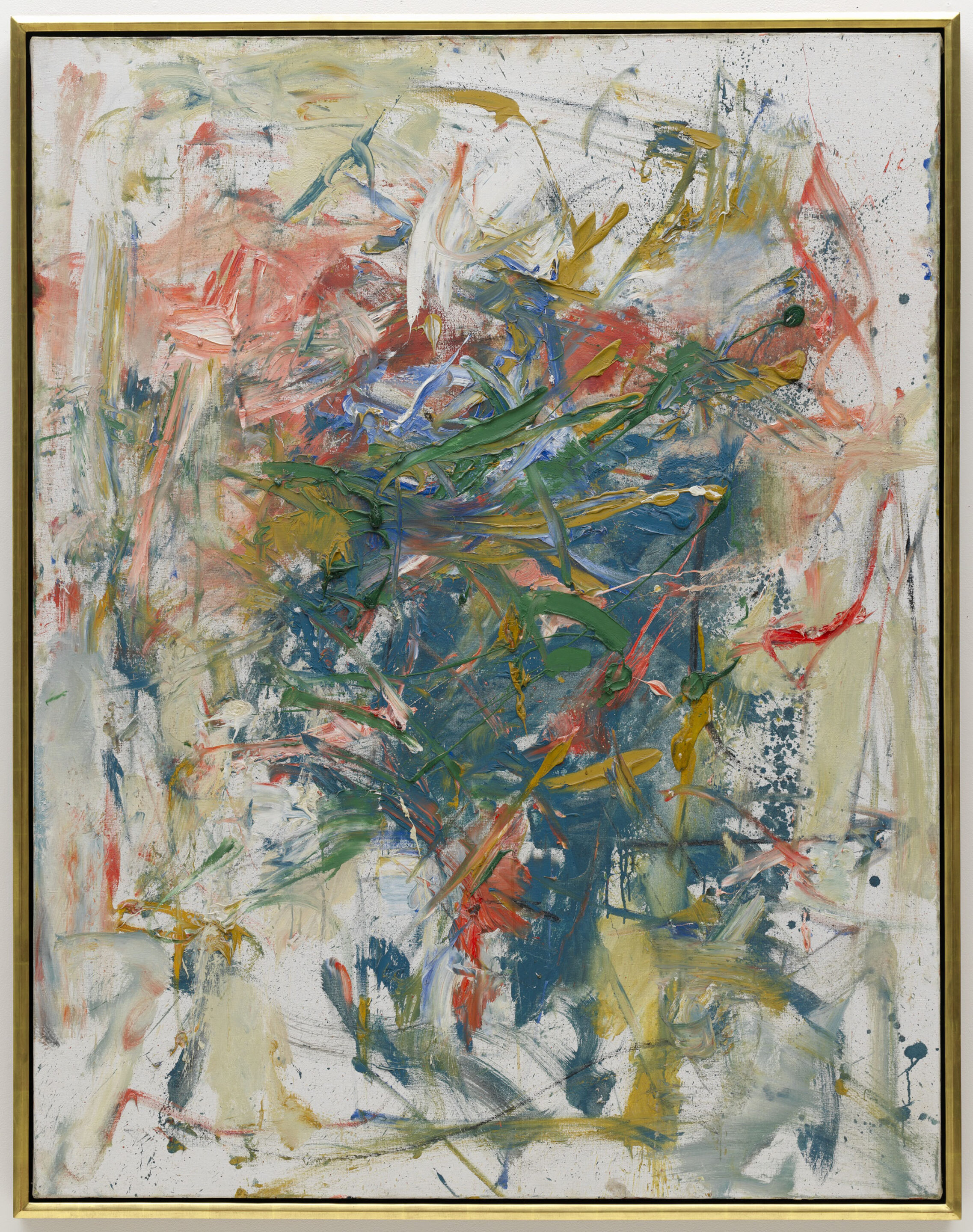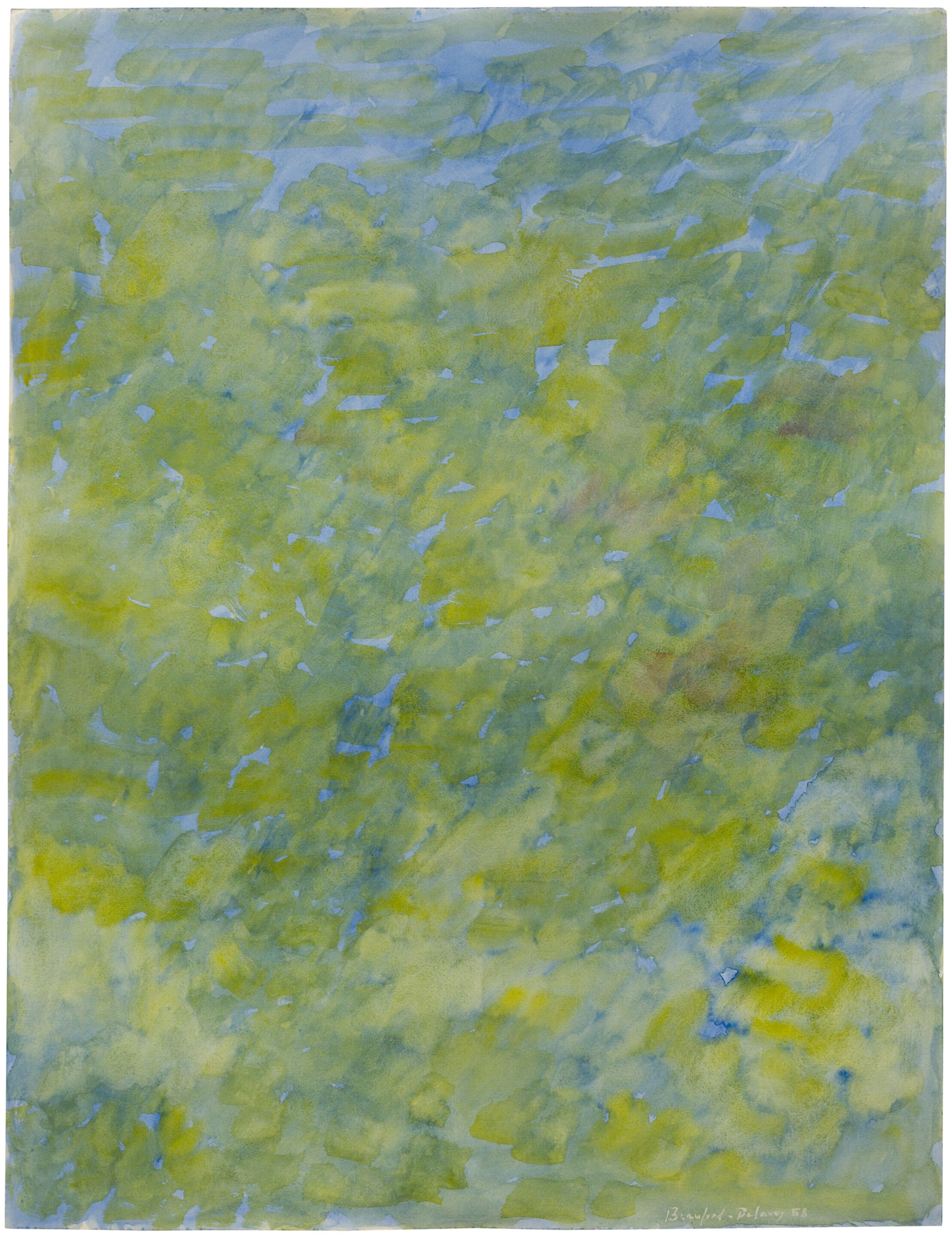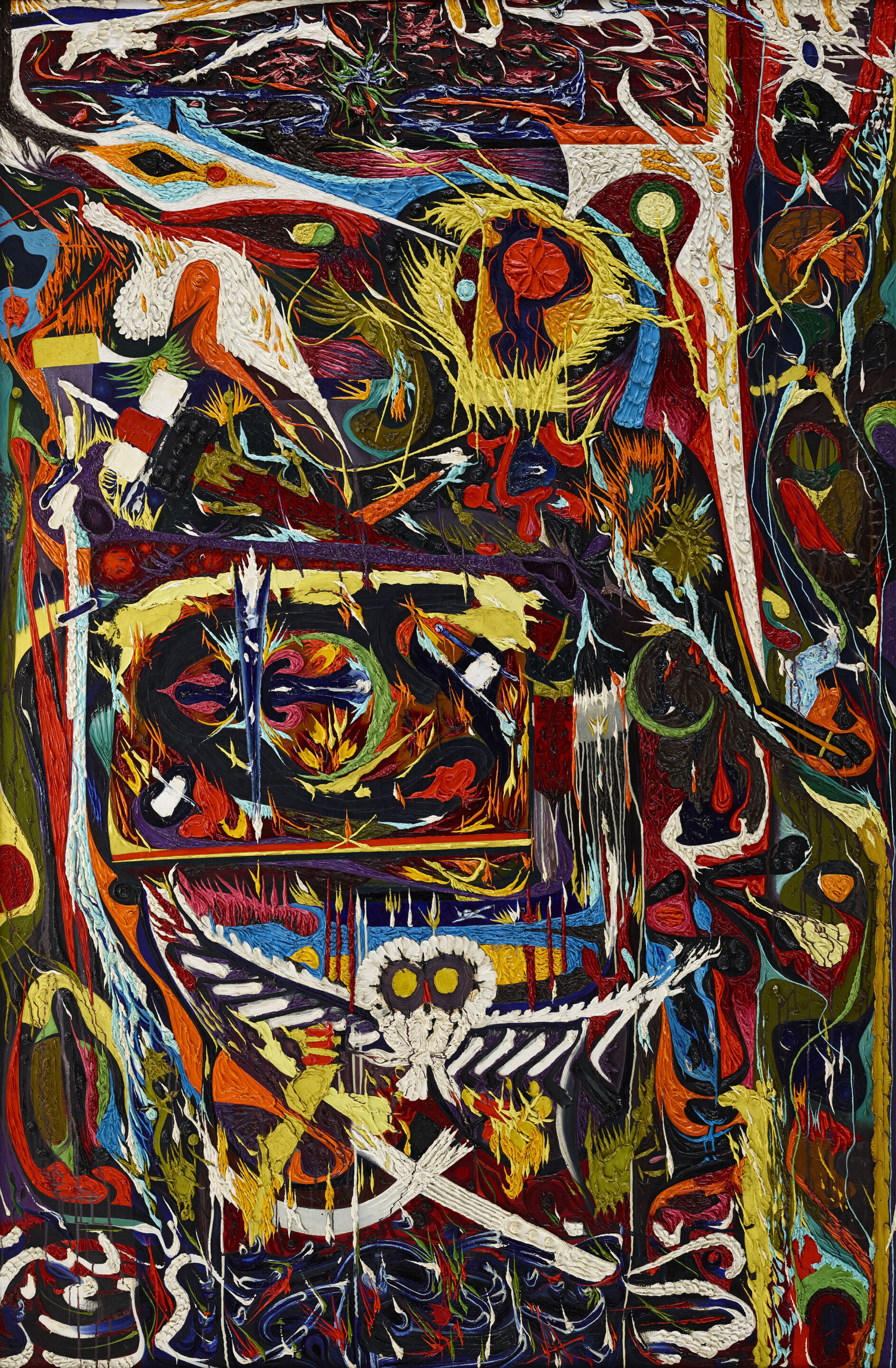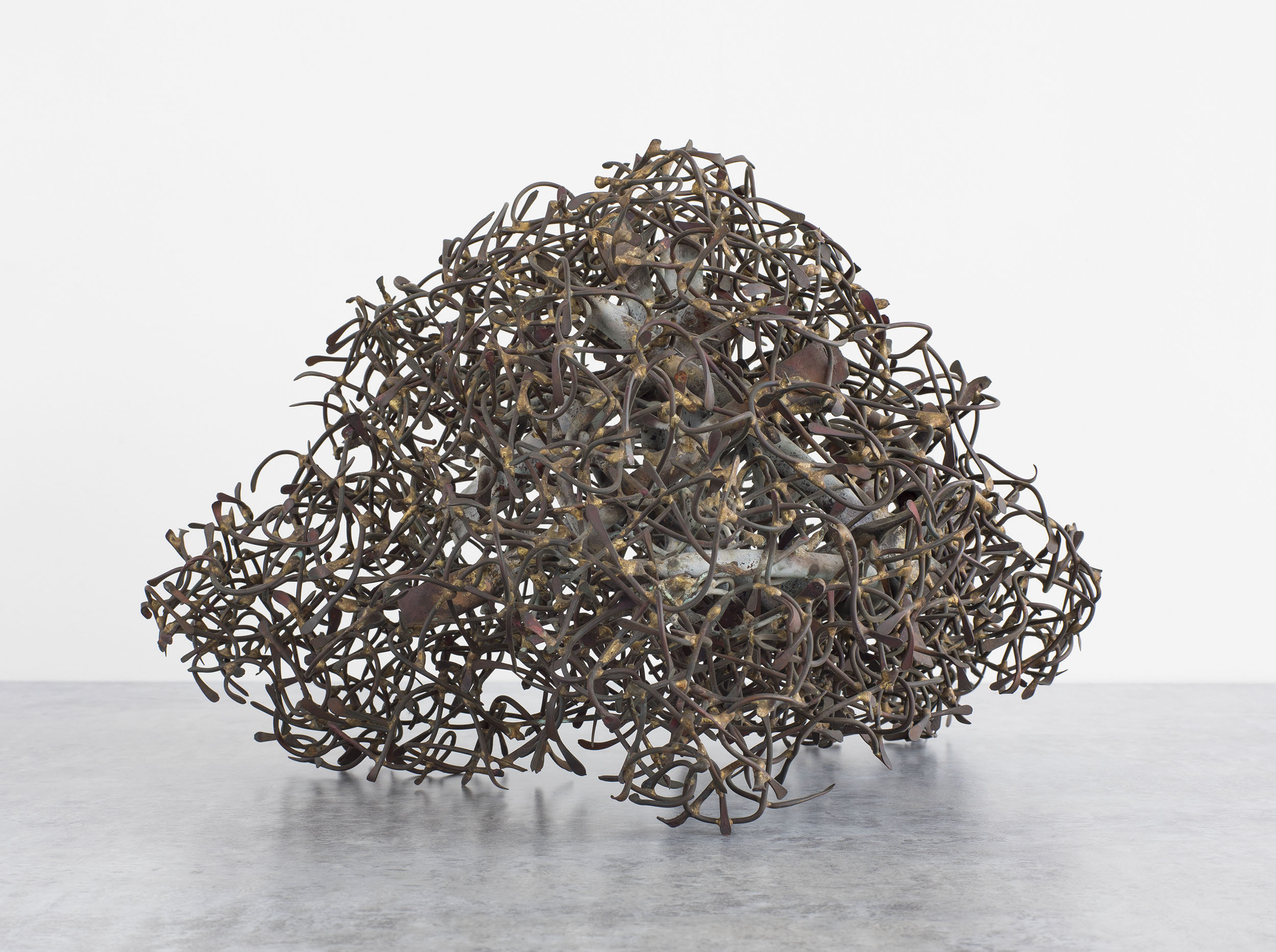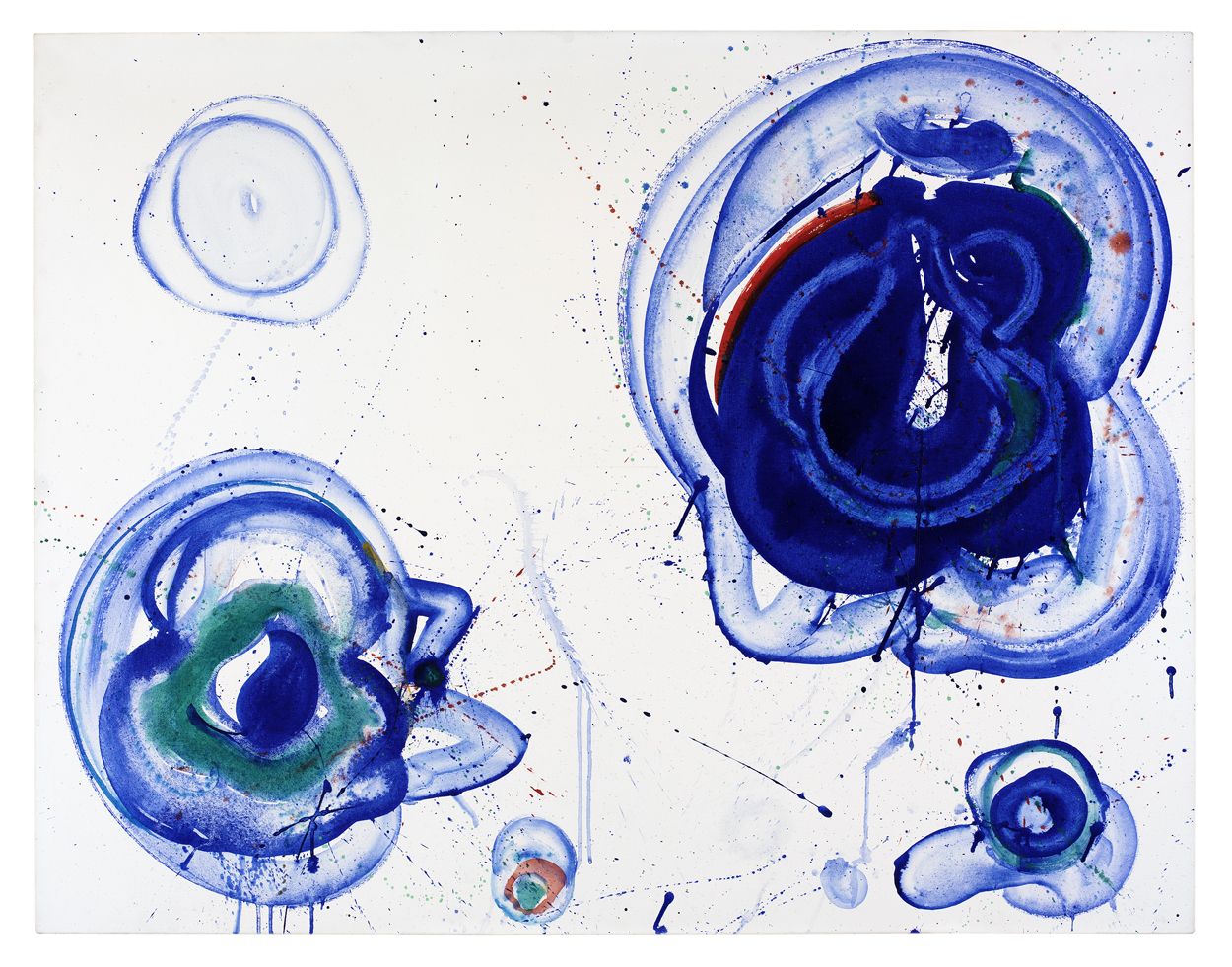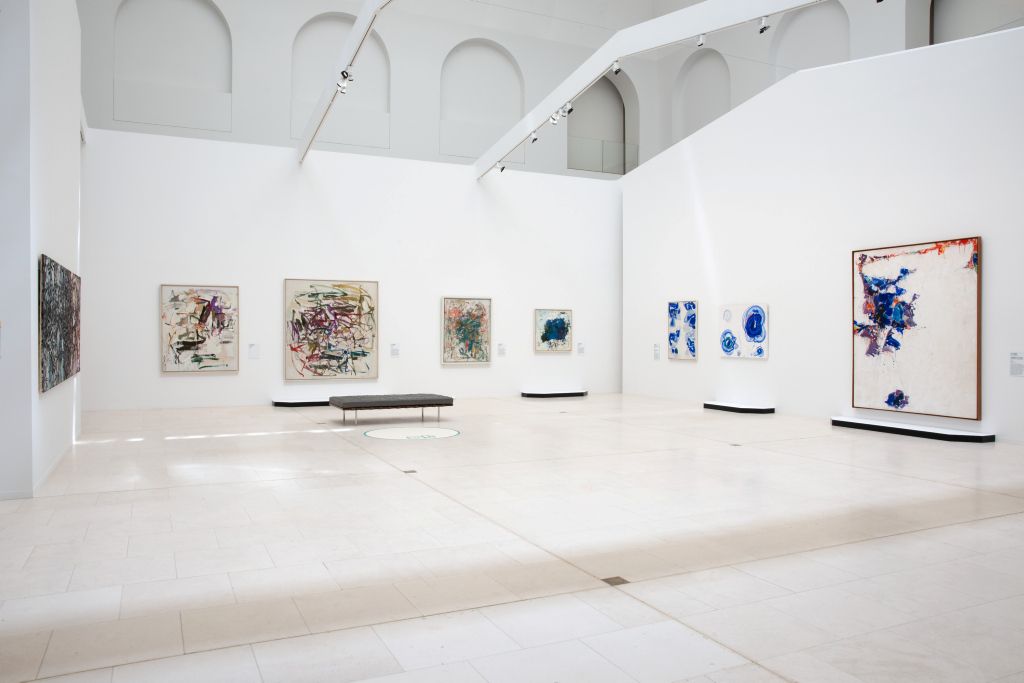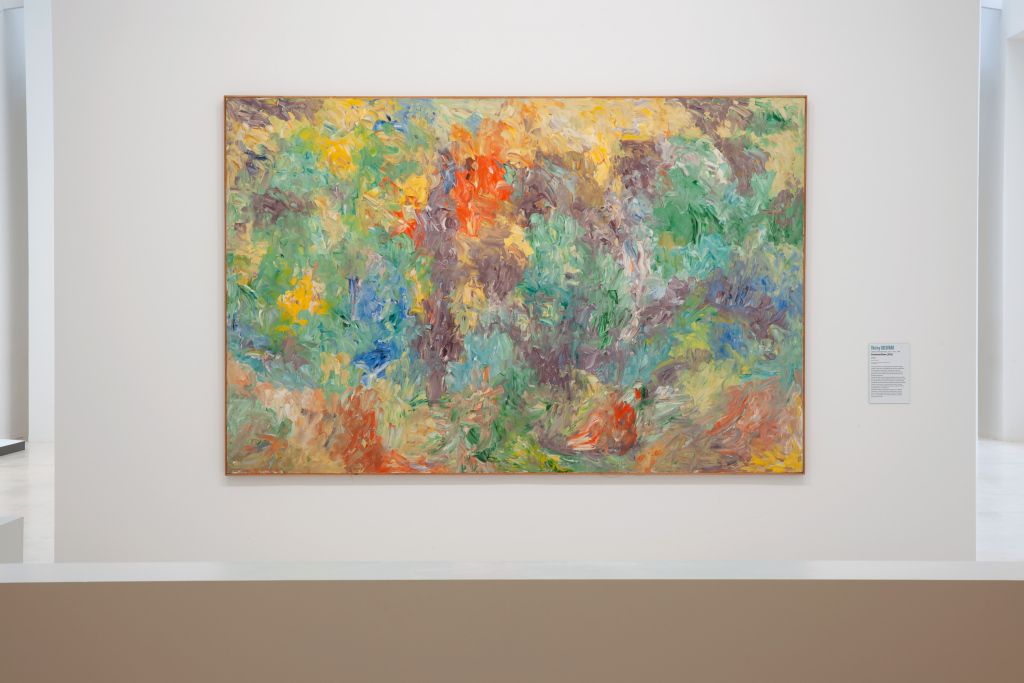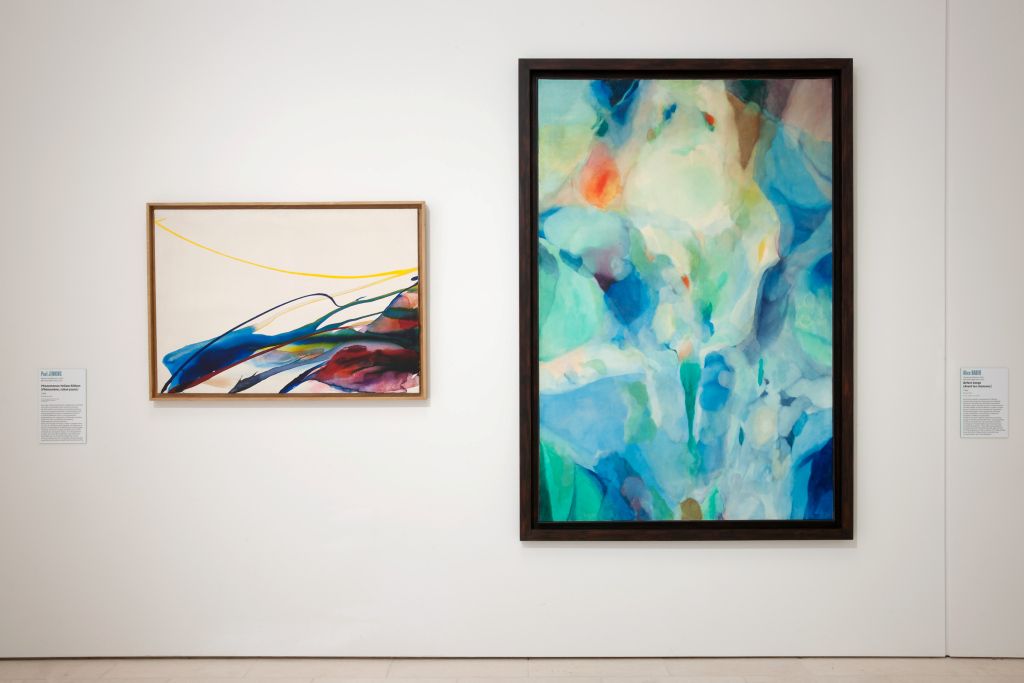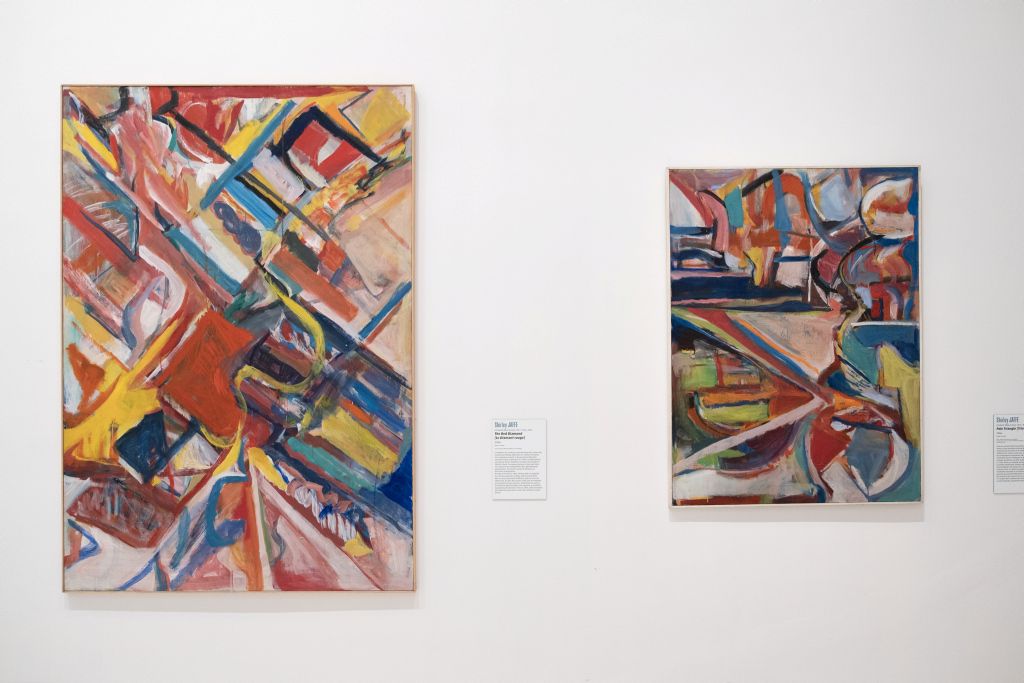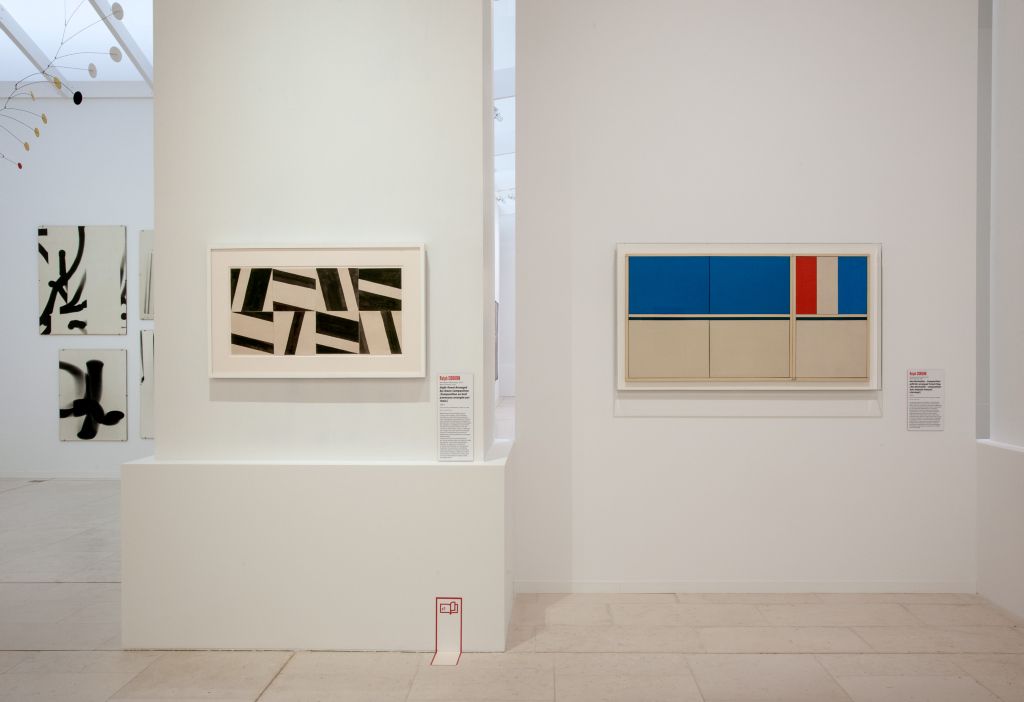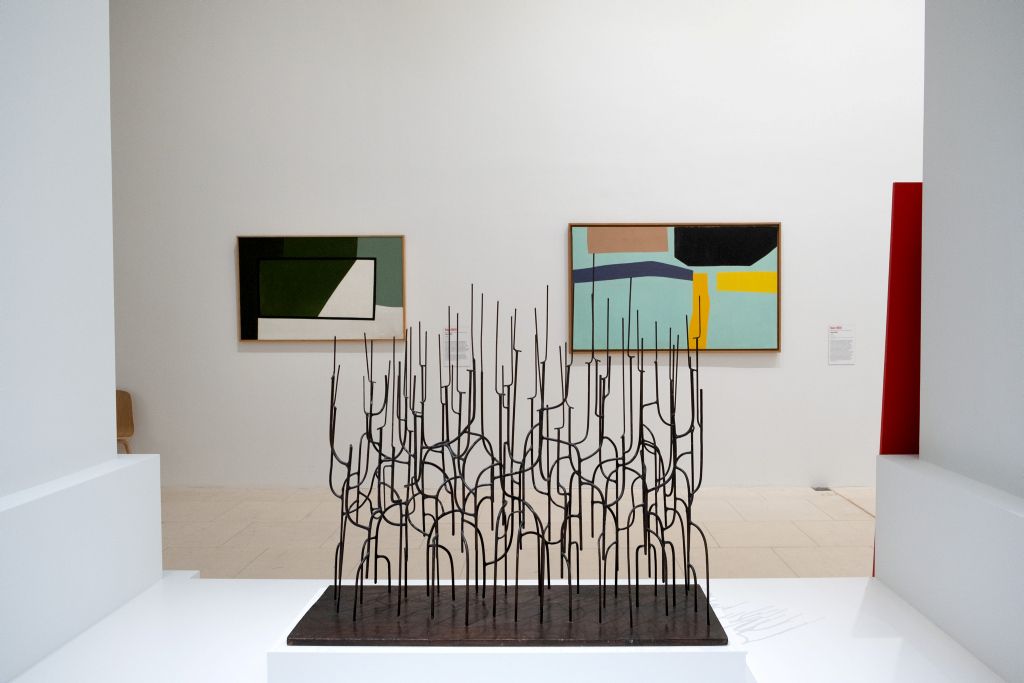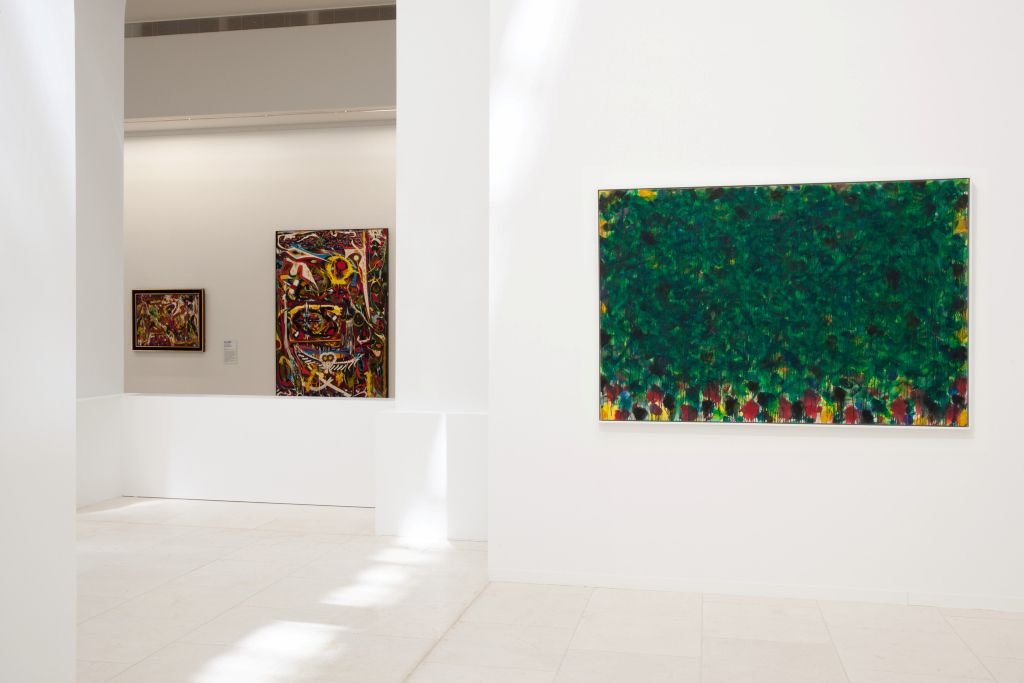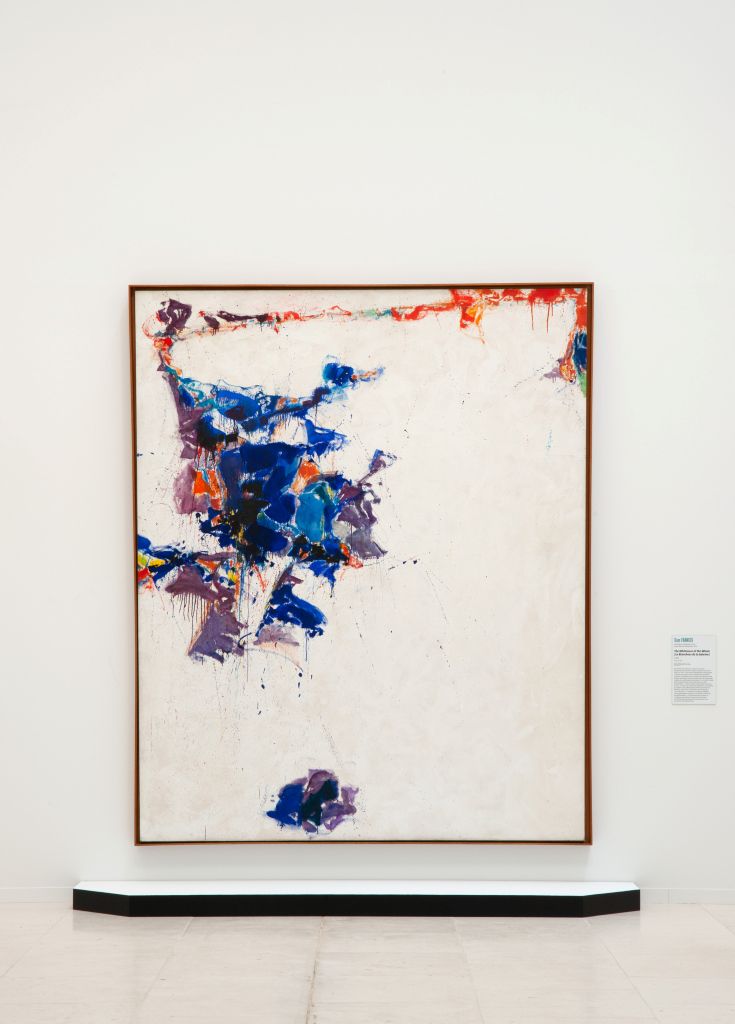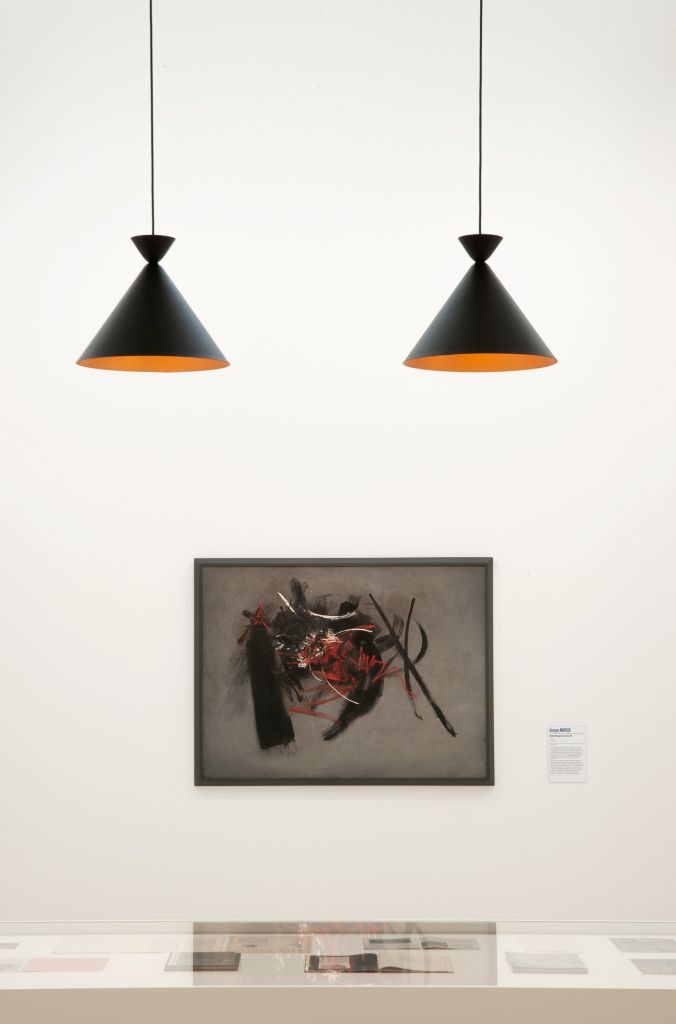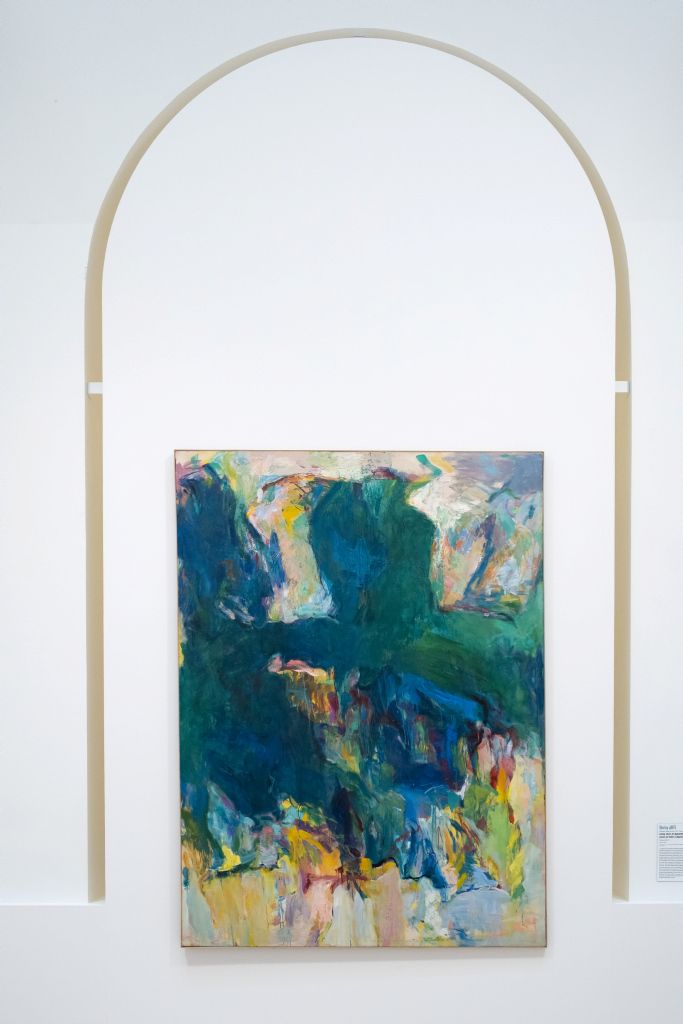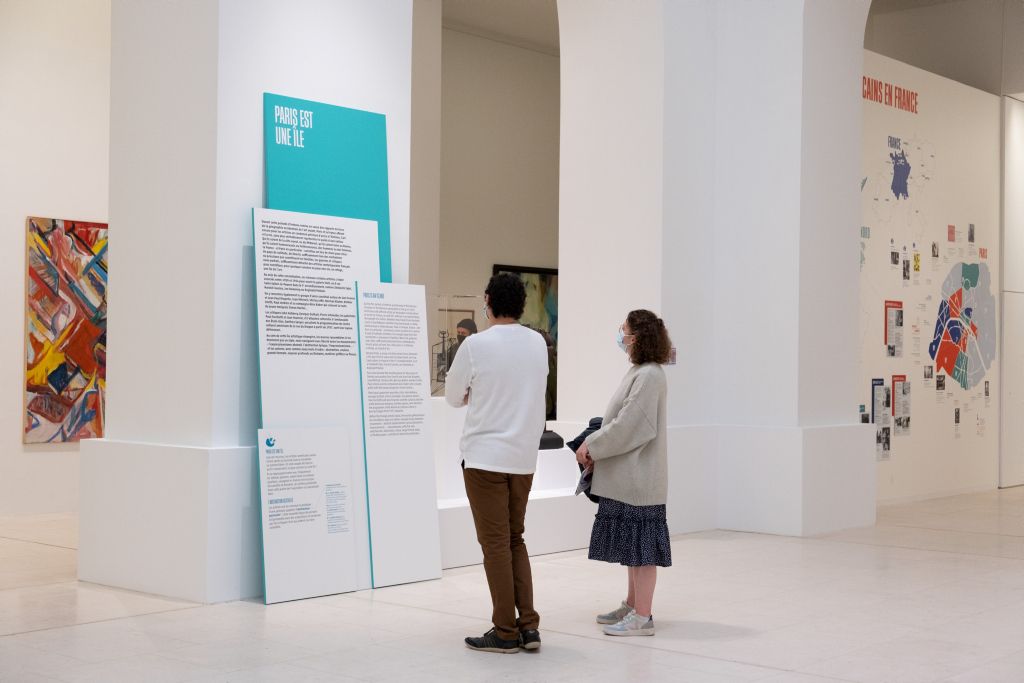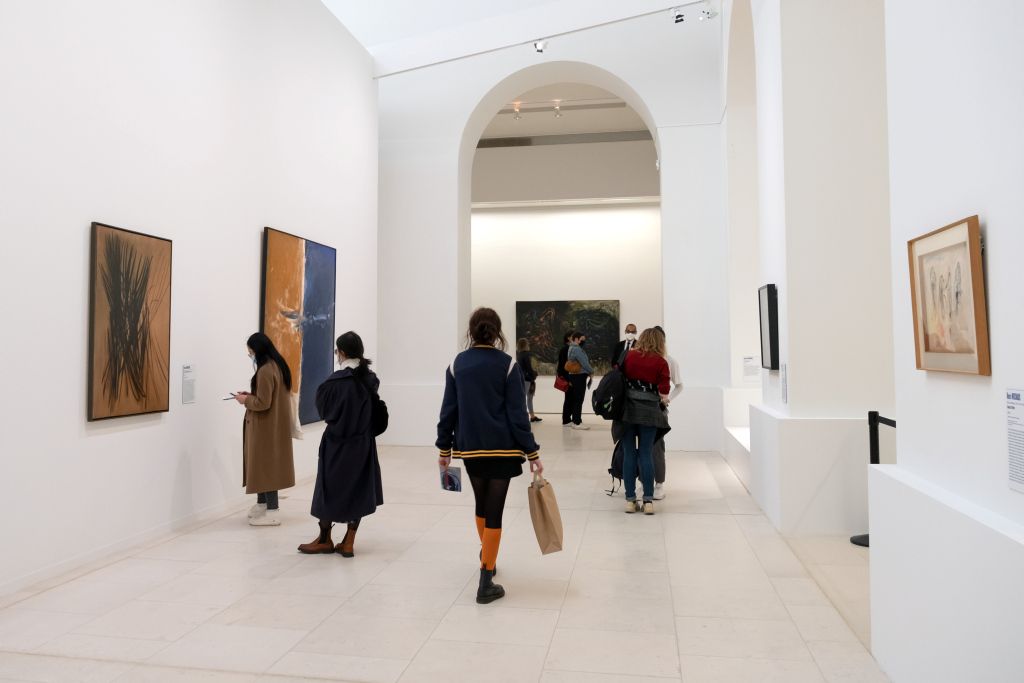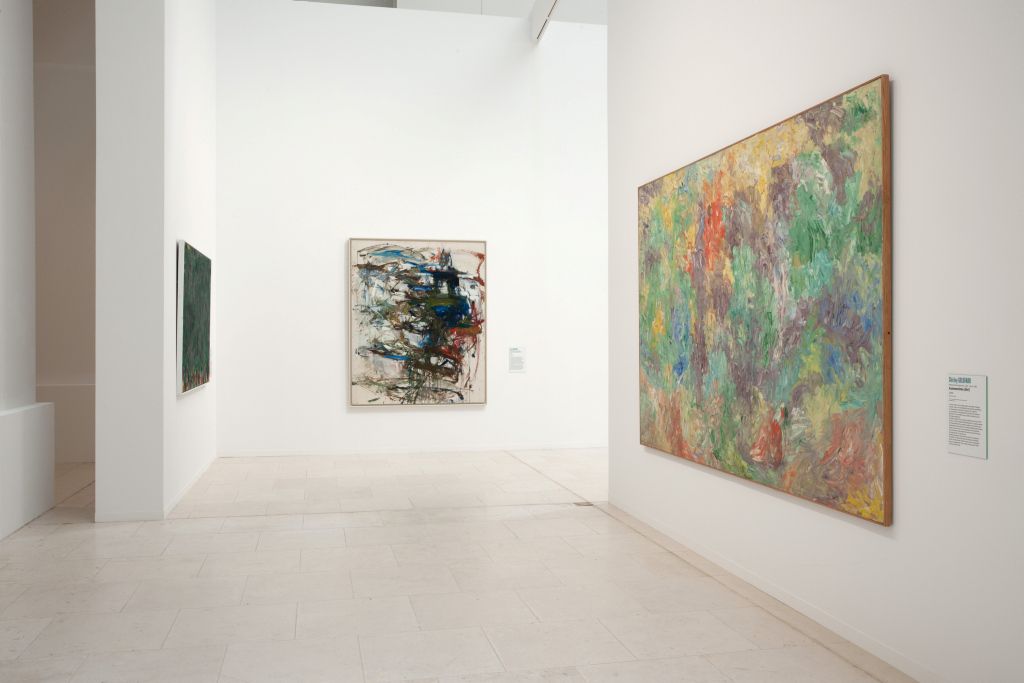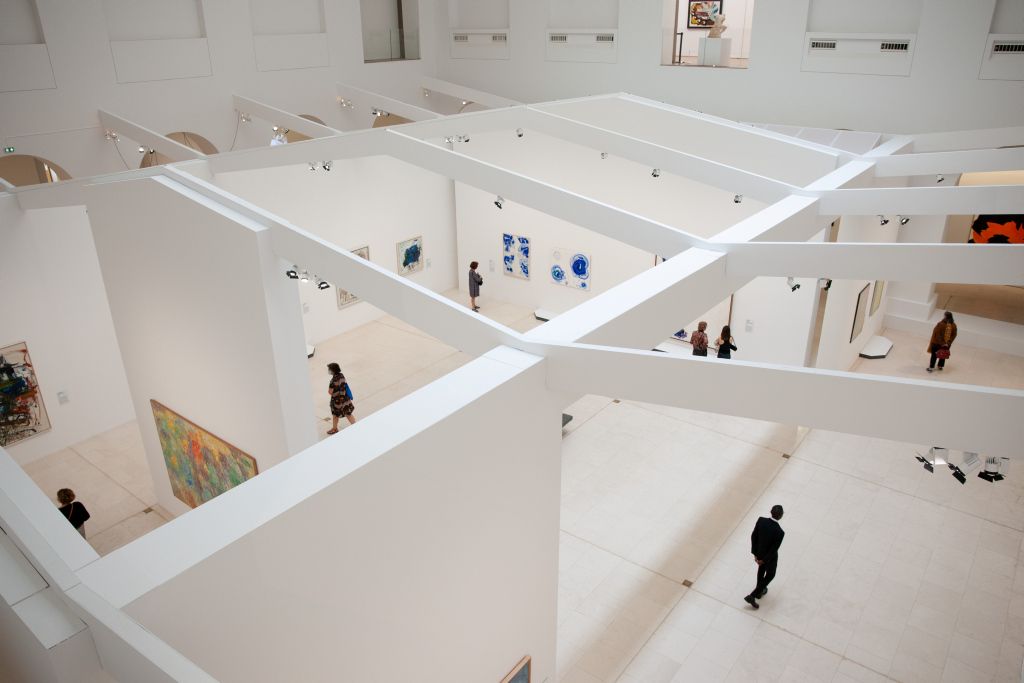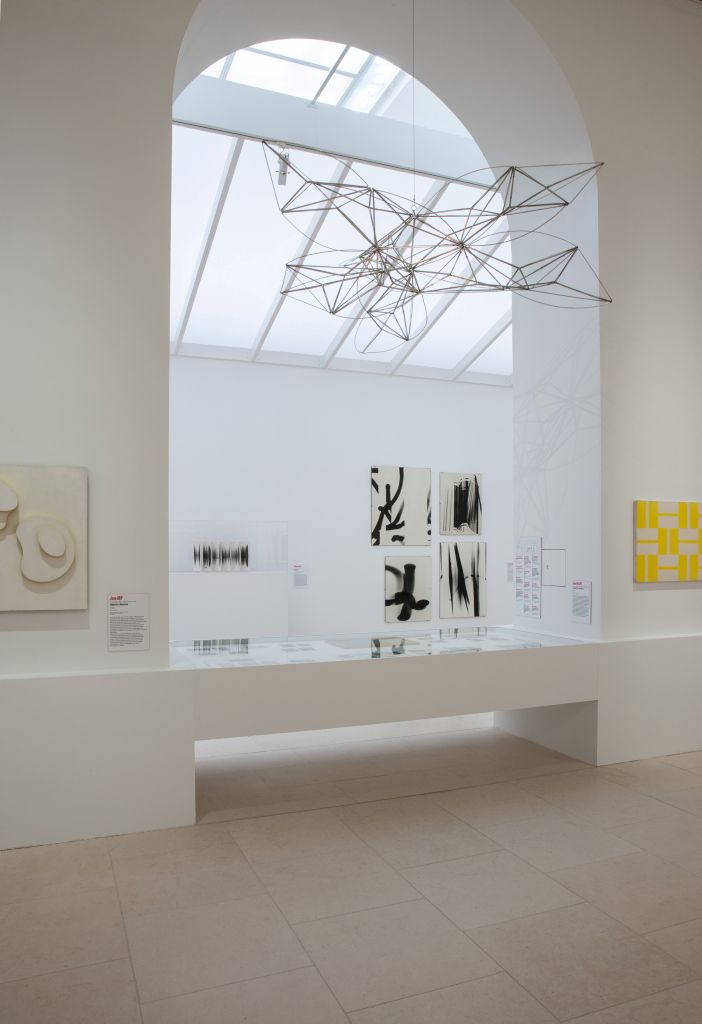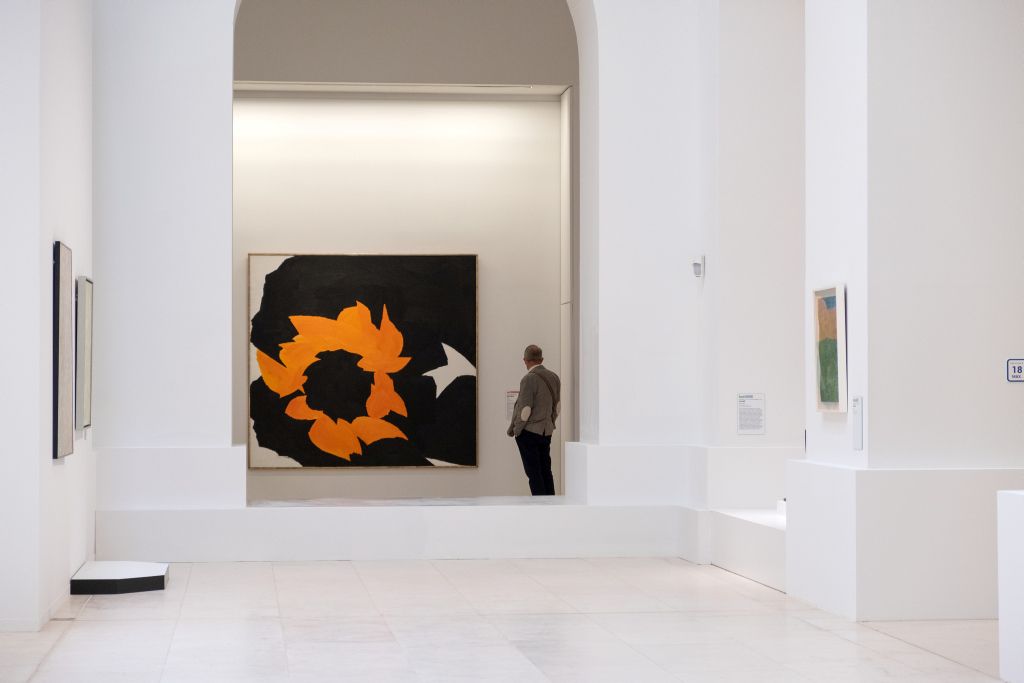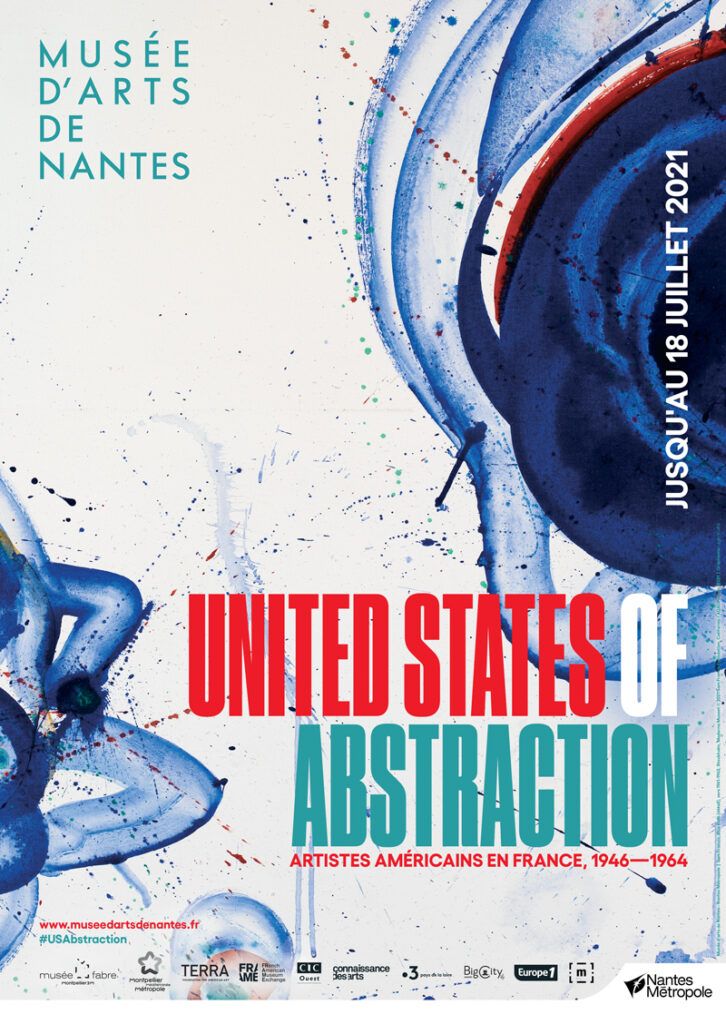-
L'exposition
On considère généralement que Paris perd le statut de capitale mondiale de l’art après la seconde Guerre mondiale, au profit de New York. Pourtant, dès la fin de la guerre, de nombreux artistes, musiciens et écrivains viennent étudier et créer en France. L’exposition explore l’intense présence de ces artistes américains et la manière dont ils ont contribué à redéfinir l’art abstrait en France, à un moment où la géographie mondiale de l’art était bouleversée.
L’histoire de l’expressionnisme abstrait, de l’école de New York, et ses héros, Jackson Pollock et Willem De Kooning entre autres, devient le récit dominant de l’art en 1945.
Pourtant, de nombreux artistes, musiciens et écrivains américains, hommes et femmes, viennent étudier et créer en France. Entre 1946 et 1953, ils sont nombreux à bénéficier de la G.I. Bill, cette bourse permettant à tout ancien combattant de financer ses études, en s’inscrivant aux écoles d’arts et académies parisiennes.
Plus de 400 artistes se retrouvent ainsi galvanisés par l’attrait culturel de Paris, ses musées et ses maîtres, l’attrait de l’Europe, la possibilité de créer sans réelle contrainte grâce à la bourse, la recherche d’une plus grande liberté, l’envie d’être ailleurs, d’être à Paris comme sur une île.
L’exposition est organisée en trois chapitres :
1. Les autres de l’ « art autre » : Michel Tapié et l’art américain
La première section examine les œuvres réunies par le critique Michel Tapié, que ce soit dans des expositions de groupe ou dans des publications de la première moitié des années 1950. Ces événements constituent une passionnante tentative de rapprocher une série d’œuvres abstraites en dehors de considérations nationales, mais autour des idées d’expressivité, de peinture gestuelle ou automatique abstraite. Plusieurs peintres américains, Mark Tobey, Claire Falkenstein, Alfonso Ossorio y sont associés et mis en rapport avec Wols, Jean Dubuffet, Georges Mathieu, Jean Paul Riopelle.
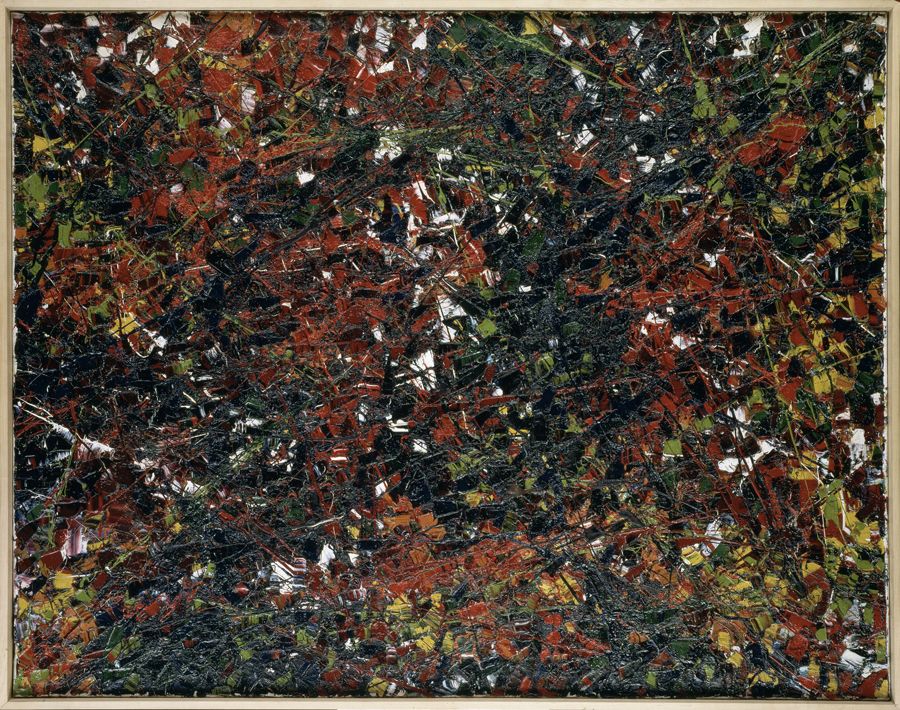
Jean Paul Riopelle, Sans titre (1953.026H.1953), 1953. Rennes, Musée des Beaux-Arts © MBA, Rennes, Dist.-RMN-Grand Palais/Louis Deschamps © ADAGP, Paris, 2020 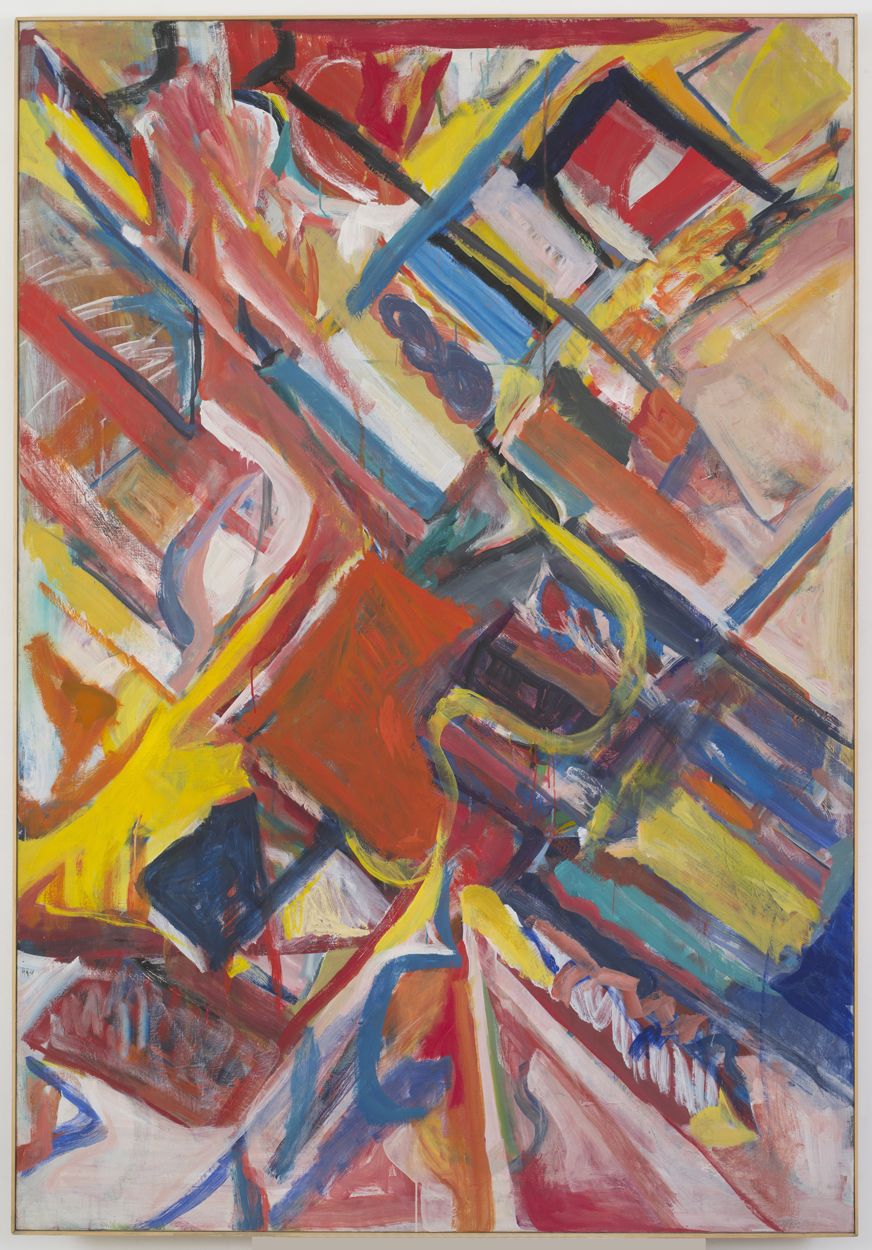
Shirley Jaffe, The Red Diamond, 1964. Courtesy Shirley Jaffe Estate et Galerie Nathalie Obadia, Paris/Bruxelles © Bertrand Huet / tutti image © ADAGP, Paris, 2021 2. Paris est une île
Le second chapitre regroupe plusieurs coloristes abstraits, comme Sam Francis, Joan Mitchell, Shirley Jaffe, mais aussi Kimber Smith, Norman Bluhm ou Beauford Delaney, qui trouvèrent en France un lieu de liberté et de créativité, sans pour autant établir de liens forts avec les artistes du groupe de l’abstraction lyrique, à l’exception du peintre canadien Jean Paul Riopelle. Ils revendiquent une forme de solitude et utilisent la capitale française comme un lieu stimulant pour la création mais néanmoins étrangement apatride. Leurs œuvres ont en commun des formes flottantes, de grande échelle, aux coloris intenses.
3. Hasard, modularité et mouvement : renouveaux de l’abstraction géométrique
Le dernier chapitre étudie comment les artistes tels qu’Ellsworth Kelly, Ralph Coburn, Jack Youngerman, ou Robert Breer, en relation avec certains de leurs aînés comme Jean Arp ou Alexander Calder et avec certains de leurs contemporains (François Morellet), ont profondément renouvelé l’abstraction géométrique dans le Paris de l’après-guerre.
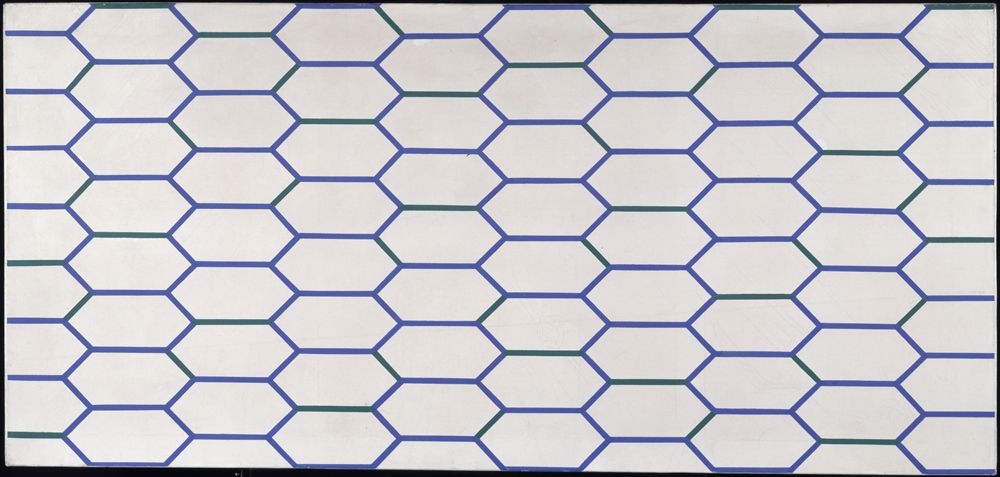
François Morellet, Hexagones à côtés bleus et verts, 1953. Paris, Musée national d’art moderne © Centre Pompidou, MNAM-CCI, Dist. RMN-Grand-Palais / image Centre Pompidou, MNAM-CCI © ADAGP, Paris, 2020 -
En vidéo
Récits d’exposition
Au cœur des sections de l’exposition United States of Abstraction. Artistes américains en France, 1946-1964, avec ses 3 commissaires : Maud Marron-Wojewodzki, Sophie Lévy et Claire Lebossé.
Maud Marron-Wojewodzki

Sophie Lévy

Claire Lebossé

-
En podcasts
Au cœur de l’Histoire, avec Jean des Cars
Plongez dans l’exposition United States of Abstraction. Artistes américains en France, 1946-1964 grâce à la série de podcasts « Au cœur de l’Histoire ».
Quatre épisodes à écouter, avec la voix de Jean des Cars. -
Atelier artistique
Un atelier artistique pour petits et grands autour de l’exposition United States of Abstraction. Artistes américains en France, 1946-1964, à réaliser à la maison.
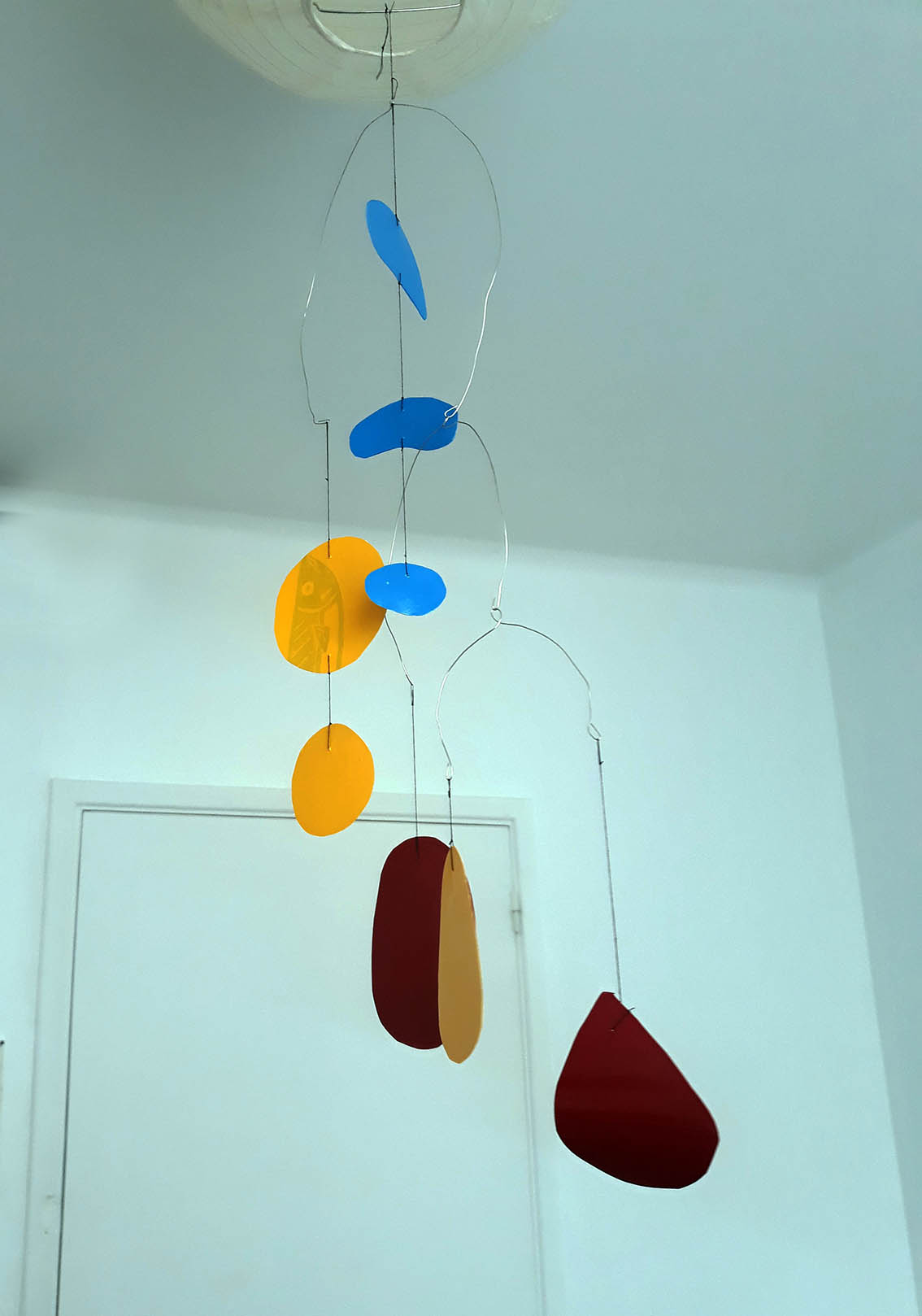
Atelier « En mouvement »
Ou comment réaliser un mobile.
Composée de tiges métalliques et de formes colorées, cette sculpture s’anime sous les yeux du spectateur. C’est en visitant l’atelier de Piet Mondrian en 1930 qu’Alexander Calder a l’idée de concevoir des oeuvres abstraites. Il réalise alors ses premiers mobiles avec du bois, du fil, de la tôle et des matériaux recyclés qu’il forge lui-même. Présenté dans l’exposition United States of Abstraction. Artistes américains en France, 1946-1964, ce mobile de 1949 prend vie au hasard de l’air. L’artiste bouleverse la vision classique de la sculpture en proposant une installation aérienne, fragile et mouvante.
À la manière d’Alexander Calder, créez un mobile à la maison !
-
Catalogue et ouvrages autour de l'expo
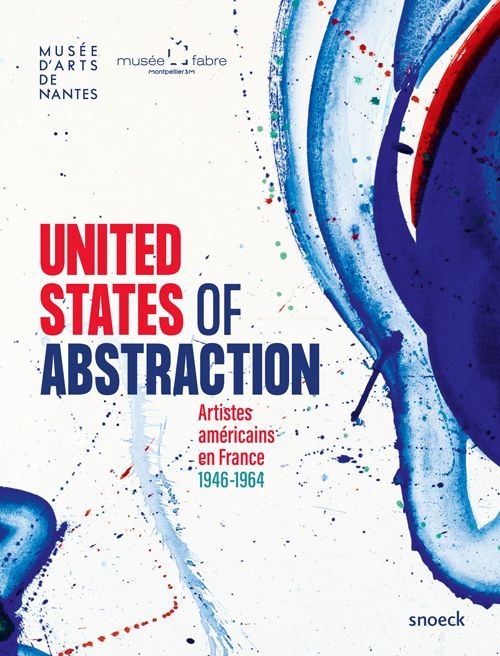
Couverture du catalogue de l’exposition United States of Abstraction. Artistes américains en France, 1946-1964 présentée du 19 mai au 18 juillet 2021 © Musée d’arts de Nantes, photo. : C. Clos Ce catalogue est publié à l’occasion de l’exposition United States of Abstraction. Artistes américains en France, 1946-1964 présentée au Musée d’arts de Nantes du 19 mai au 18 juillet 2022.
Disponible sur consultation à la bibliothèque du musée, et en vente à la librairie-boutique du musée.
Ouvrages sélectionnés par la bibliothèque du musée
La bibliothèque du musée a préparé une sélection d’ouvrages autour de l’exposition United States of Abstraction. Vous pouvez venir les consulter à la bibliothèque sur rendez-vous.
Commissariat général :
Michel Hilaire, conservateur général, directeur du musée Fabre.
Sophie Lévy, directrice conservatrice du Musée d’arts de Nantes.
Commissariat scientifique :
Claire Lebossé, conservatrice, responsable des collections d’art moderne, Musée d’arts de Nantes.
Sophie Lévy, directrice conservatrice, Musée d’arts de Nantes.
Maud Marron-Wojewodzki, conservatrice, responsable du département milieu 19e-21e, musée Fabre.
Cette exposition est organisée en collaboration avec le musée Fabre de Montpellier Méditerranée Métropole qui l’accueillera du 6 août au 31 octobre 2021.
Le musée remercie L’État – ministère de la Culture – DRAC des Pays de la Loire pour la subvention dont bénéficie l’exposition.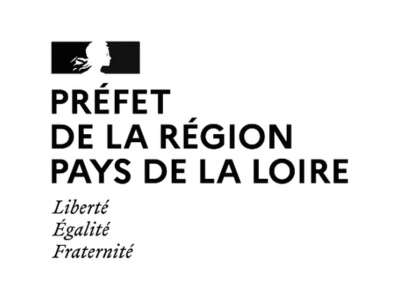
L’exposition bénéficie du soutien de la Terra Foundation for American Art et de FRench American Museum Exchange (FRAME) que le musée remercie chaleureusement.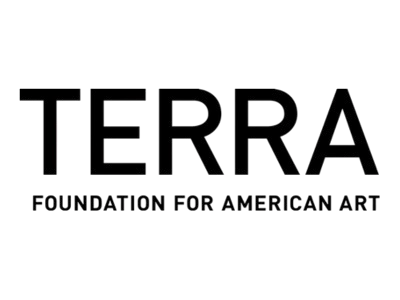
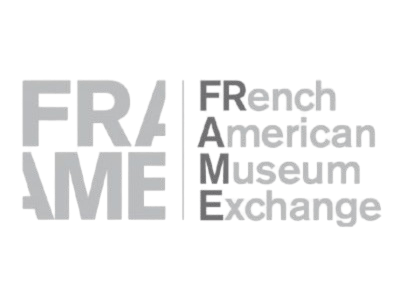
Le musée remercie également CIC Ouest pour sa présence et son généreux soutien.
Le Musée d’arts de Nantes remercie ses partenaires médias.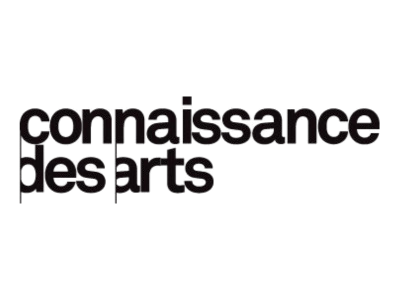
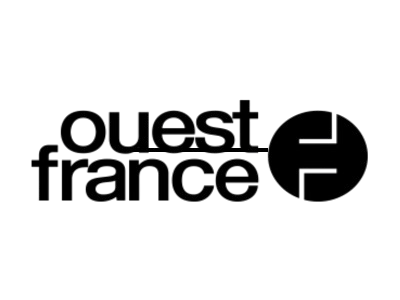
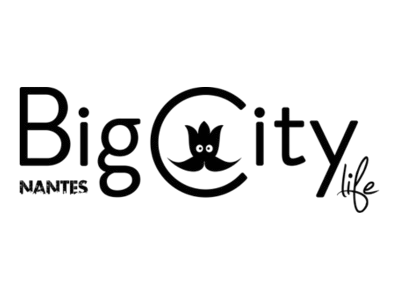
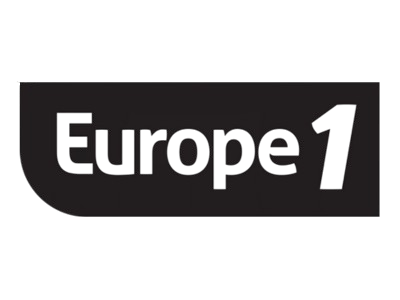
Légende et crédits
Sam Francis, Blue Balls, vers 1961-1962, huile sur toile, 106,9 x 137,5 cm, Stockholm, Moderna Museet © 2020 Sam Francis Foundation, California / ADAGP, Paris, 2021
